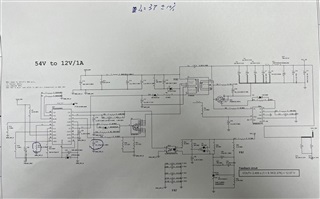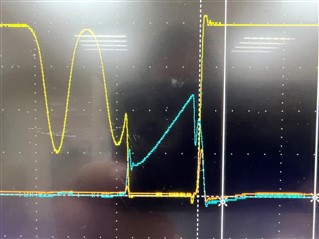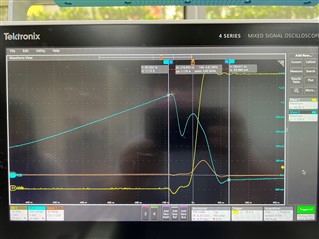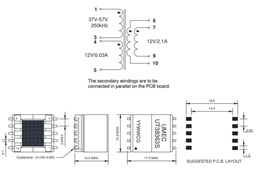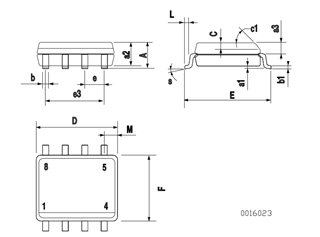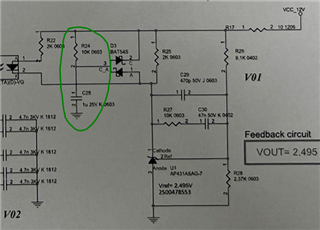Hi sir,
We got the RMA issue from customer that we use TPS23754 PWM controller only with Flyback topology.
When customer use for a long period, sometimes we will get RMA back that primary FET, TPS23754 and current sense resistor damaged and can't turn on again.
After switching the damaged part and the unit can turn on again.
Would you help to check the schematic and primary FET VDS, current waveform to see any clue for this issue?
